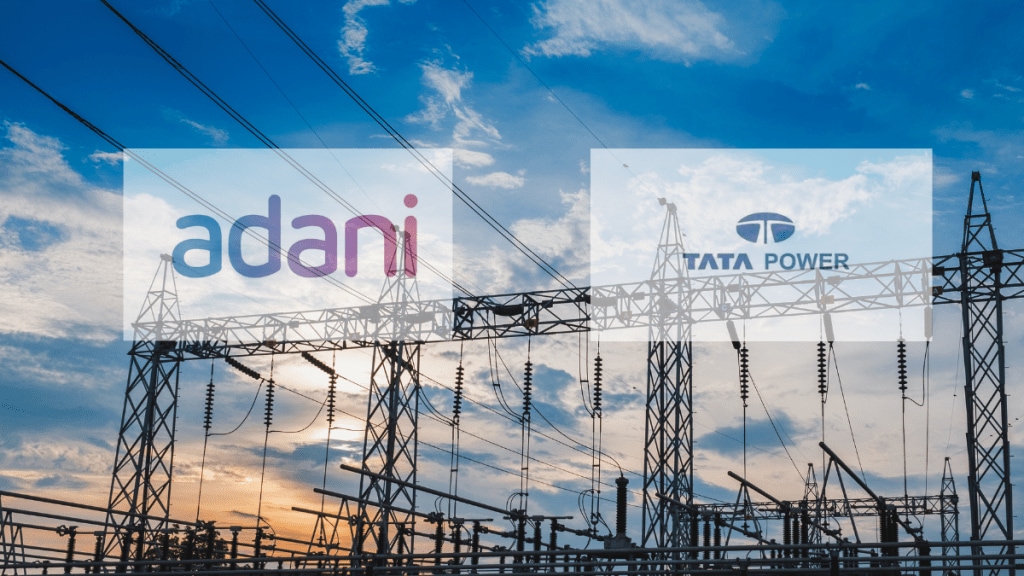Banking on a big transmission tendering pipeline and distribution opportunities, Tata Power and Adani Energy Solutions (AESL) are betting big on the space.
AESL is looking to triple its operational asset base by 2030, company sources indicated, on the back of an order book of about Rs 60,000 crore and near-term transmission industry tendering pipeline of around Rs 90,000 crore.
Tata Power, which has earmarked a capex of Rs 25,000 crore for FY26, is looking to spend 30% on transmission and distribution. Praveer Sinha, MD and CEO of Tata Power has indicated the company is working on close to 3,000 MW of projects which would cost Rs 10,000 crore.
Expanding India’s transmission network
Investments in the transmission sector — inter and intra state — are tipped to exceed Rs 8 lakh crore over the next 10 years. Under the National Electricity Plan (NEP) the transmission line length is proposed to be raised from 486,000 cKM (circuit kilometre) in March 2024 to 6,48,000 cKM by March 2032. The substation capacity is set to be rise from 1,218 GVA (gigavolt-ampere) as of March 2024 to 2,345 GVA by March 2032.
Currently, Tata Power is implementing six transmission projects of which two are expected to be commissioned in Q2FY26 and the remaining four in the next 12-18 months. Apart from bidding for discoms in Uttar Pradesh, Tata Power is in talks with other states for distribution, Sinha said. The company is also looking to expand the distribution business in Maharashtra, including in parts of Thane, Navi Mumbai, Panvel, Pune, Nashik and Chhatrapati Sambhaji Nagar.
Market opportunities attract big players
Anujesh Dwivedi, Partner, Deloitte India points out that a ramp-up in the pace of power generation capacity addition, which exceeded 30 GW in FY25, in line with India’s plan to meet the anticipated peak demand of 388 GW by 2032, has led to a big rise in power transmission projects being bid out under the IPTC route. The limited number of large and consistent bidders has created a window for new and other players, Dwivedi added.
Icra expects the transmission line length to increase to 600,000 cKM by March 2030, entailing an annual addition of 19,000-20,000 cKM. Also, the substation capacity is projected to increase to 1,850 GVA as of March 2030, necessitating an annual addition of 100 GVA against average addition of 70 GVA over the past few years. This will require investments of Rs 4.5 lakh crore.
Analysts at Mirae Asset Capital Markets believe that in the light of strong transmission tendering, AESL will continue to expand its order book baed on the 28% market share recorded in FY25. An email sent to AESL did not elicit any response till press time.

